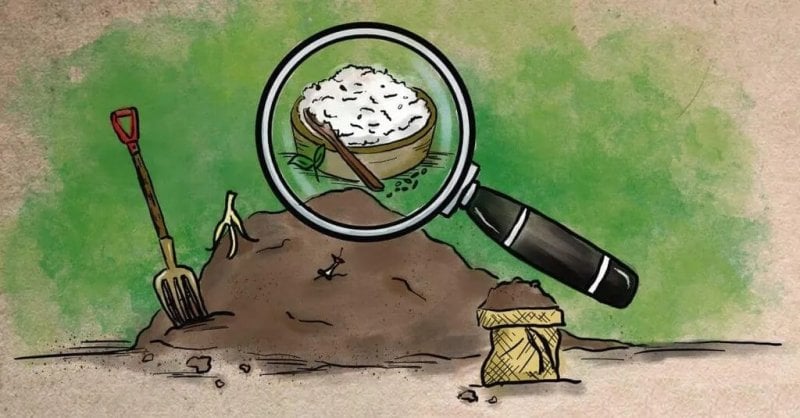Researchers have used CRISPR to engineer rice that encourages soil bacteria to fix nitrogen, which is required for their growth. The findings may reduce the amount of nitrogen fertilizers needed to grow cereal crops, save farmers in the United States billions of dollars annually, and benefit the environment by reducing nitrogen pollution.
“Plants are incredible chemical factories,” said Eduardo Blumwald, PhD, a distinguished professor of plant sciences from the University of California, Davis, who led the research. His team used CRISPR to enhance apigenin breakdown in rice. They found that apigenin and other compounds induced nitrogen fixation in bacteria.
Then they identified the pathways generating the chemicals and used CRISPR gene editing technology to increase the production of compounds that stimulated the formation of biofilms. Those biofilms contain bacteria that enhanced nitrogen conversion. As a result, nitrogen-fixing activity of the bacteria increased, as did the amount of ammonium available for the plants.
…
Much of the fertilizer that is applied is lost, leaching into soils and groundwater. Blumwald’s discovery could help the environment by reducing nitrogen pollution. “What this could do is provide a sustainable alternative agricultural practice that reduces the use of excessive nitrogen fertilizers,” he said.































